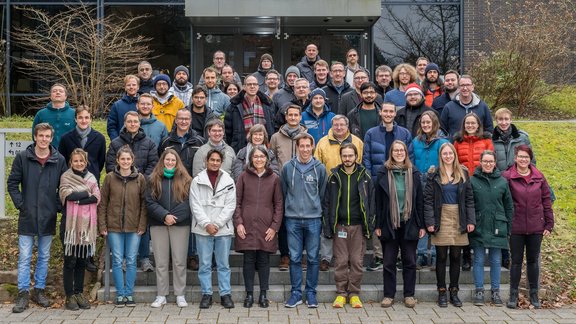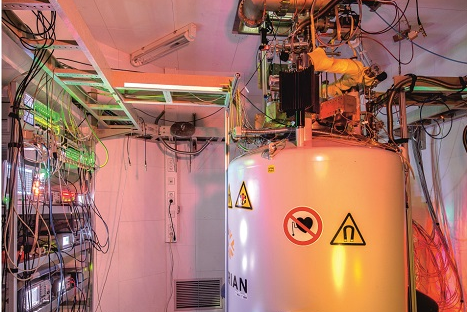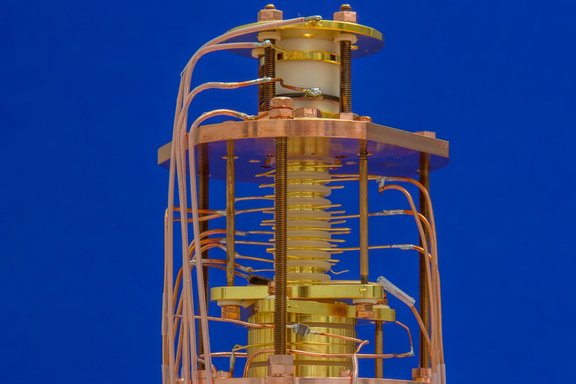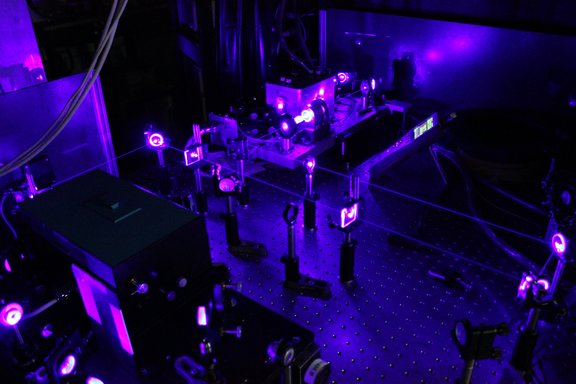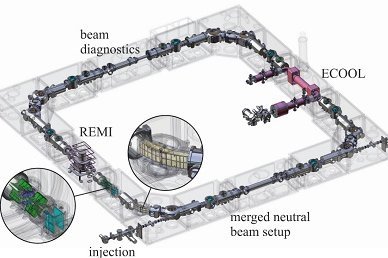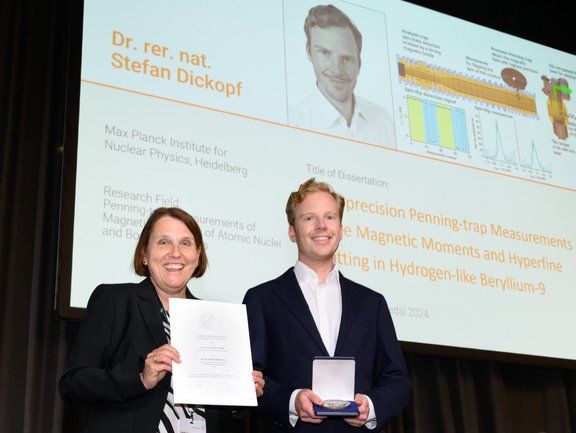Gespeicherte und gekühlte Ionen
Die experimentelle Abteilung „Gespeicherte und gekühlte Ionen“ befasst sich mit Präzisionsexperimenten zur Bestimmung von atomaren und nuklearen Grundzustandseigenschaften gespeicherter Ionen für Tests fundamentaler Wechselwirkungen und ihren Symmetrien sowie mit der Erforschung elementarer Prozesse molekularer Ionen. Dazu werden kurzlebige Radionuklide, Antimaterie, hochgeladene Ionen oder einfache Molekülionen in Penningfallen oder im kryogenen Speicherring CSR unter Weltraumbedingungen gefangen. Auch die Entwicklung neuer Speicher-, Kühl- und Nachweistechniken für zukünftige Experimente ist ein wichtiger Forschungsschwerpunkt der Abteilung.
Nachrichten
Chemie am Anfang – wie Molekülreaktionen die Entstehung der ersten Sterne beeinflussten
Forschende haben neue Erkenntnisse zu den Reaktionswegen des ersten Moleküls im Weltall herausgefunden.
Meilenstein in der Antimaterieforschung
Dem Team der BASE-Kollaboration am europäischen Kernforschungszentrum CERN in Genf ist ein Durchbruch in der Antimaterieforschung gelungen: Erstmals…
